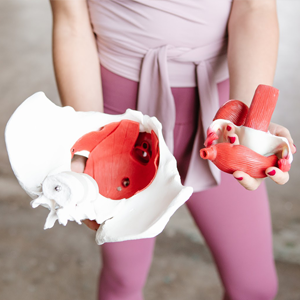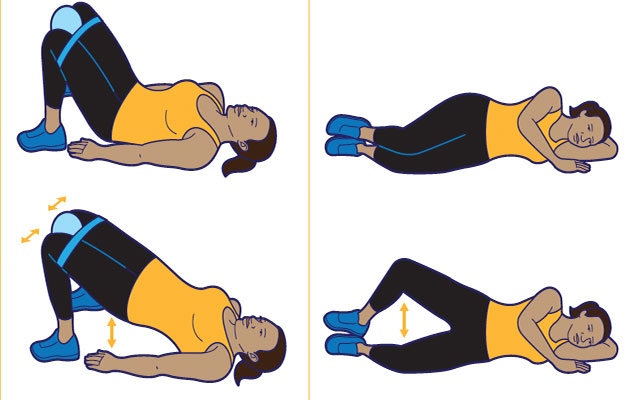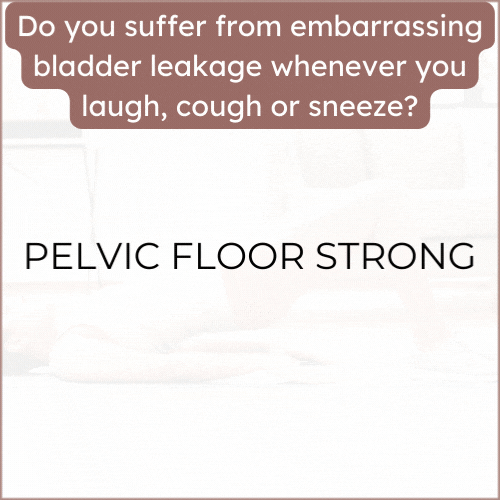How Are Pelvic Floor Disorders (PFDs) Treated?
The treatment of pelvic floor disorders (PFDs) can vary depending on the specific condition and its severity. However, some common treatment options include:
- Pelvic Floor Muscle Exercises (PFME): Also known as Kegel exercises, these exercises involve contracting and relaxing the muscles of the pelvic floor to improve strength and coordination. A healthcare provider or pelvic floor physical therapist can help guide a patient on how to perform these exercises correctly.
- Behavioral modifications: Lifestyle changes such as avoiding constipation, maintaining a healthy weight, avoiding heavy lifting, and quitting smoking can help alleviate PFD symptoms.
- Medications: Certain medications can be prescribed to help alleviate symptoms associated with PFDs. For example, stool softeners or laxatives can help alleviate constipation, while medications that relax the bladder can help manage urinary urgency and frequency.
- Biofeedback therapy: This therapy involves using specialized equipment to monitor and provide feedback on pelvic floor muscle activity during exercises. Biofeedback therapy can help patients learn to identify and control their pelvic floor muscles more effectively.
- Electrical stimulation: This treatment uses a low-level electrical current to stimulate and strengthen the muscles of the pelvic floor.
- Surgery: In more severe cases of PFDs, surgery may be recommended to repair or support the pelvic organs.
It is important to note that treatment plans should be tailored to the individual needs and condition of the patient. A healthcare provider or pelvic floor physical therapist can help develop a personalized treatment plan.


































